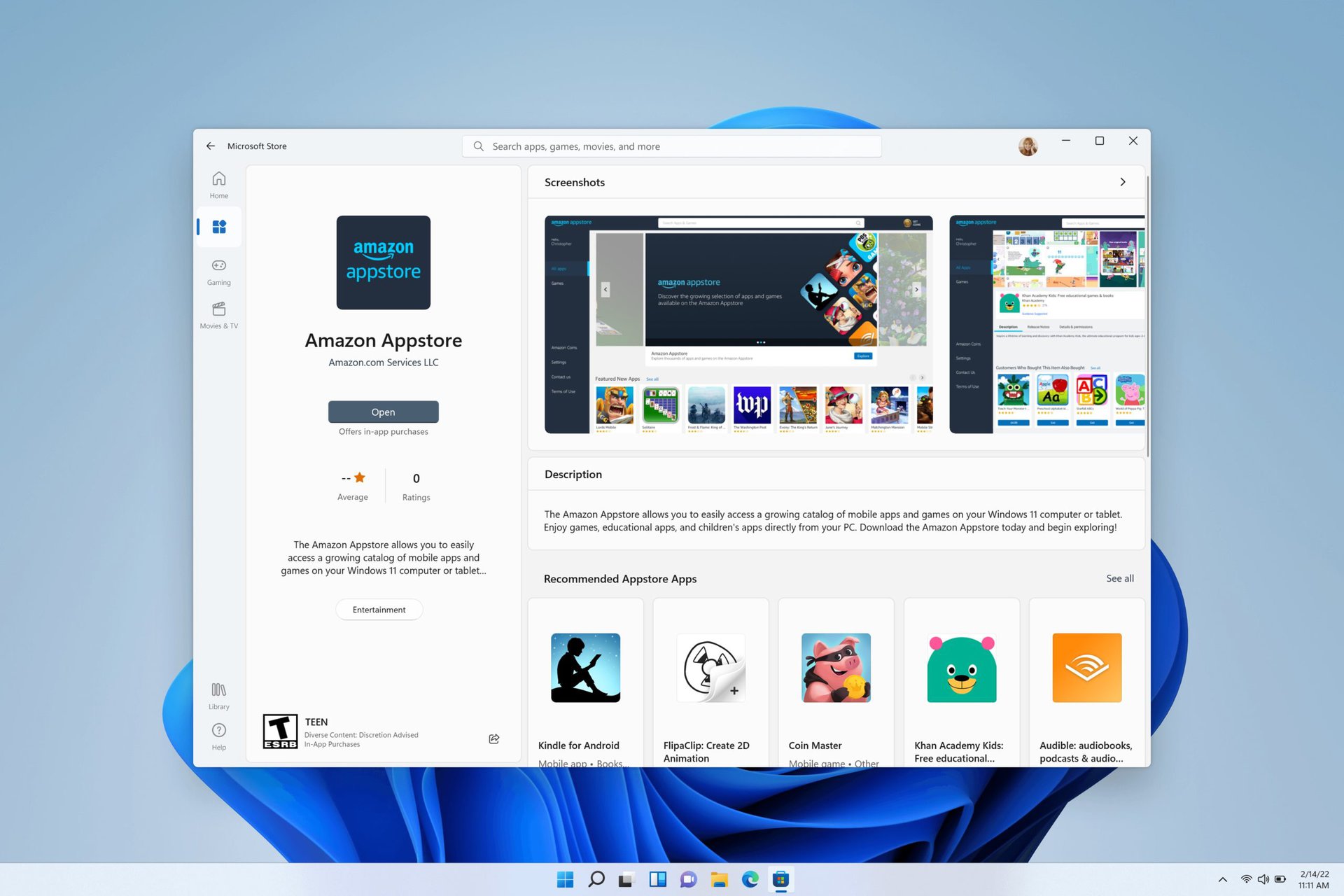Affiliate links on Android Authority may earn us a commission. Learn more.
Windows vs macOS: How to choose? Is one better than the other?
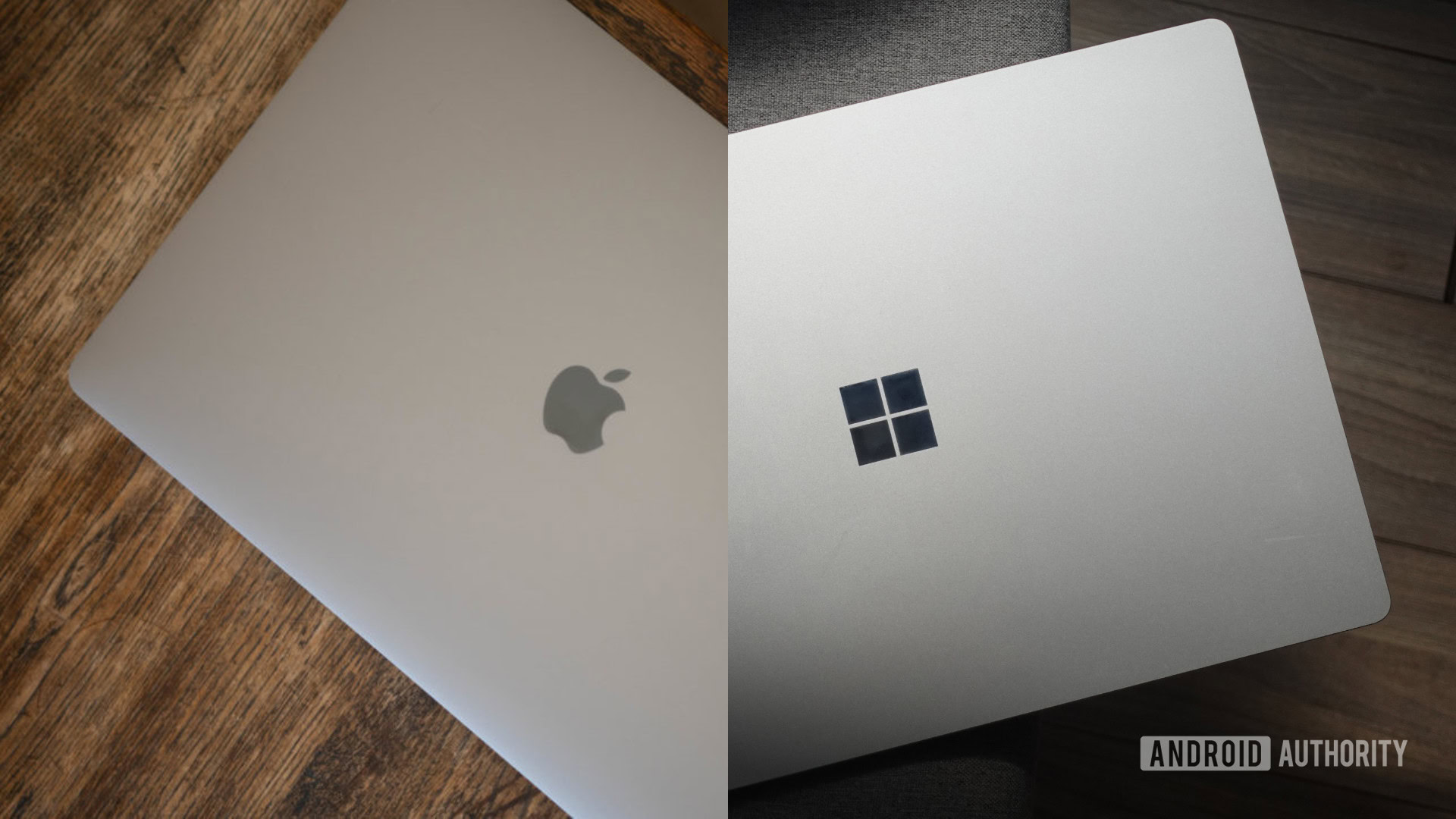
Shopping for a new computer? One of the first choices you’ll have to make is between operating systems — for most people, that boils down to macOS vs Windows. These two account for over 80% of the global operating system market share, with the rest split between Linux, Chrome OS, and other smaller contenders. Long-time users might prefer one over the other, but both have unique features and strengths that make them appealing for different use cases.
You’ll find that the choice between macOS and Windows boils down to your needs. Do you prefer an easy-to-use user interface? Or do you simply care more about getting the most battery life out of your laptop? To help you make a decision, let’s go through the differences between macOS and Windows in this head-to-head comparison.
macOS vs Windows: Pros and cons
Five things macOS does better than Windows
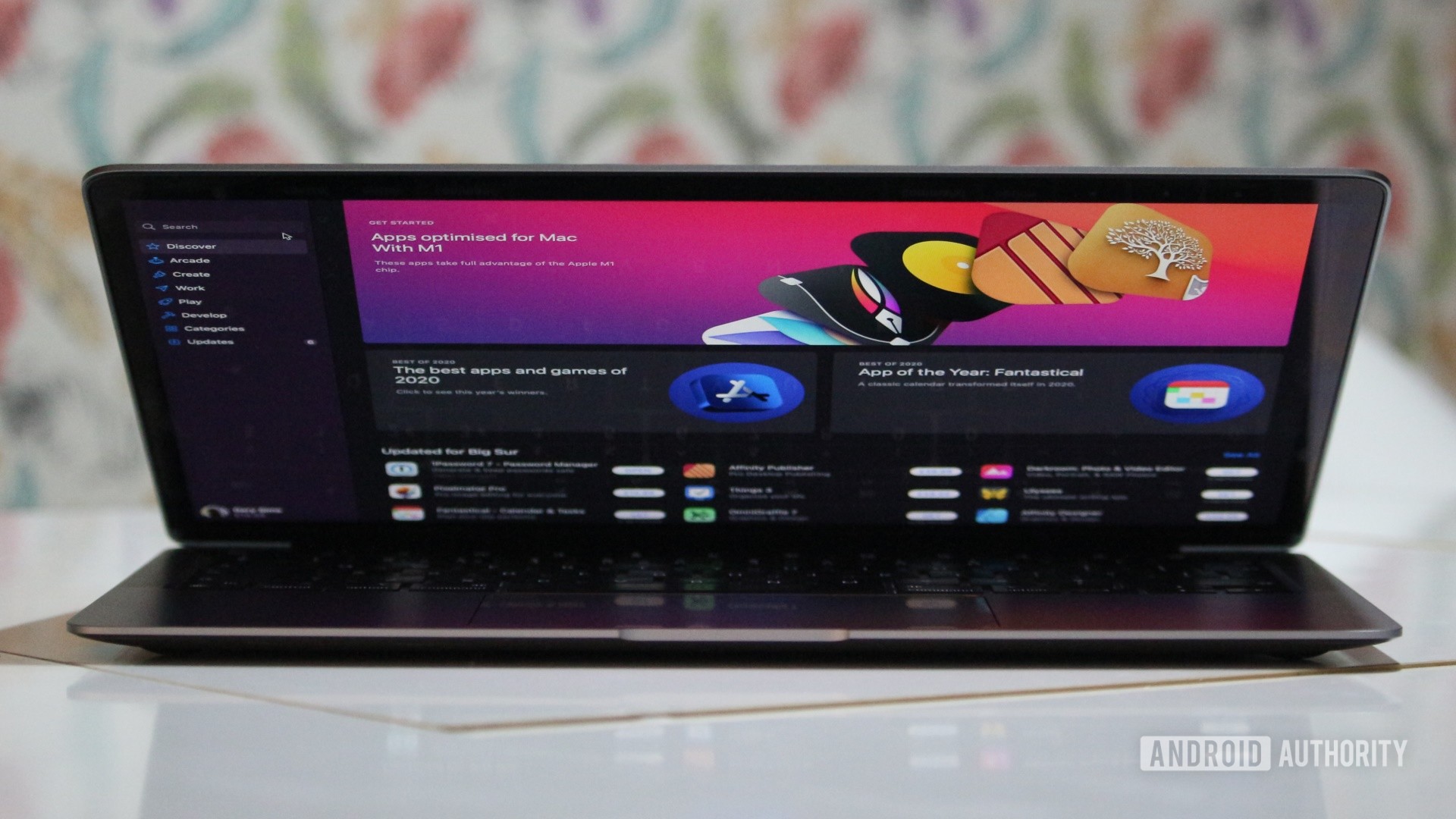
- Ease of use: Apple’s famous “It just works” mantra applies to software just as much as hardware and macOS is no exception. If you’re a first-time computer user, you’ll find that macOS offers an intuitive user interface, more consistent design language, and even simplified explanations for various settings.
- Integration with the Apple ecosystem: If you’re already invested in the Apple ecosystem with an iPhone, iPad, AirPods, and Apple Watch, you’ll feel right at home with macOS. Besides the obvious auto-sync functionality in apps like Notes, you also get convenient features like SideCar, AirPlay, AirDrop, and Universal Control.
- Security and privacy: macOS has a locked-down permission model, which practically eliminates the need for third-party malware protection software. As long as you stay up to date with the latest security patches, you rarely have to worry about your device’s security. And since Apple earns most of its money through hardware sales, it isn’t incentivized to monetize your data in the same way as Microsoft or Google.
- High-quality bundled apps: Apple offers a wide range of first-party apps, many of which are pre-installed on macOS. For example, you get iWork — Apple’s document editing suite — for free on modern Macs. On Windows, meanwhile, you’d have to pay extra for a Microsoft Office license or subscription.
- Seamless updates: We already touched upon security patches earlier, but macOS also handles general software updates much better than Windows. Each year, Apple releases a new major macOS version that makes its way to all modern Macs on release day. And aside from major updates, you rarely have to worry about your Mac egging you to restart just so that you can apply a new update.
Five things Windows does better than macOS
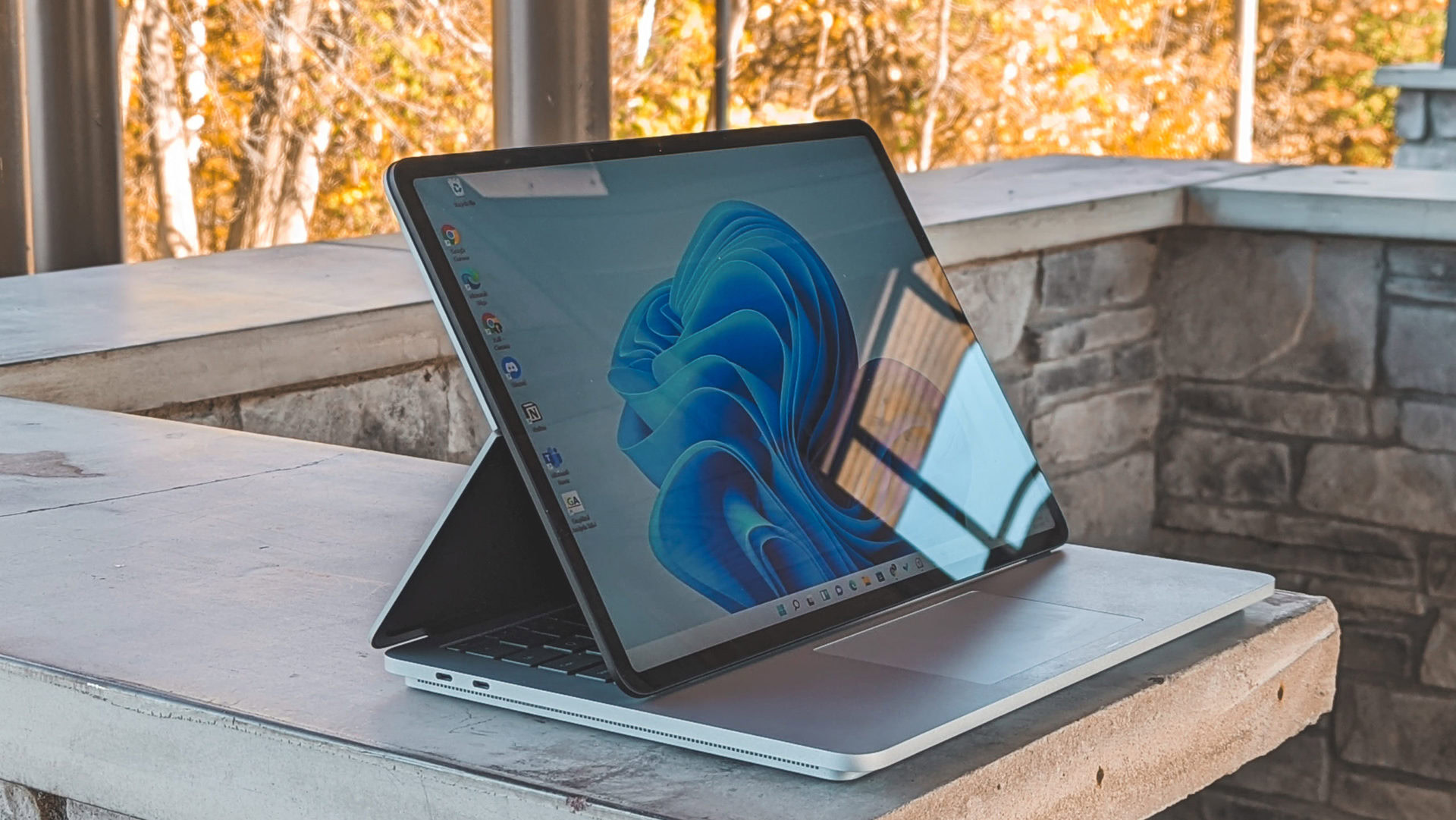
- Wide hardware compatibility: You can run Windows on a wide range of hardware, from different manufacturers and even at different price segments. You can selectively upgrade components like the CPU, RAM, and GPU at any point without worrying about compatibility headaches. You’ll also find Windows running on tablet-like devices like the Microsoft Surface line, thanks to its support for touchscreens.
- Affordability: You can put together a Windows computer for a few hundred dollars using off-the-shelf parts. Alternatively, you can buy a brand-new laptop with Windows pre-installed for a bit more. With macOS, you can’t bring your own hardware and have to buy an iMac, MacBook, or Mac Mini.
- Gaming: While you can run lightweight games on a Mac, most high-profile games simply don’t run on macOS. It also doesn’t help that Apple no longer uses graphics hardware from NVIDIA and AMD in any of its computers, thanks to the shift from x86 to Arm. Microsoft’s Xbox Game Pass also offers excellent value compared to Apple Arcade.
- Customization: If you’re a power user, you’ll find a wealth of menus and settings that you can adjust to customize your Windows experience. You can also download third-party programs like Rainmeter and Wallpaper Engine.
- Third-party apps and Android support: Microsoft doesn’t make or bundle many first-party apps with Windows, so it’s clearly lacking in that department. However, it makes up for that with its vast library of third-party programs, some of which date back to the early 2000s. Not to mention, you can also install Android apps on Windows 11 in case you want even more flexibility.
With the highlights out of the way, here’s a more detailed look at the differences between macOS and Windows.
See also: 10 things iOS does better than Android
macOS vs Windows: Hardware implementation
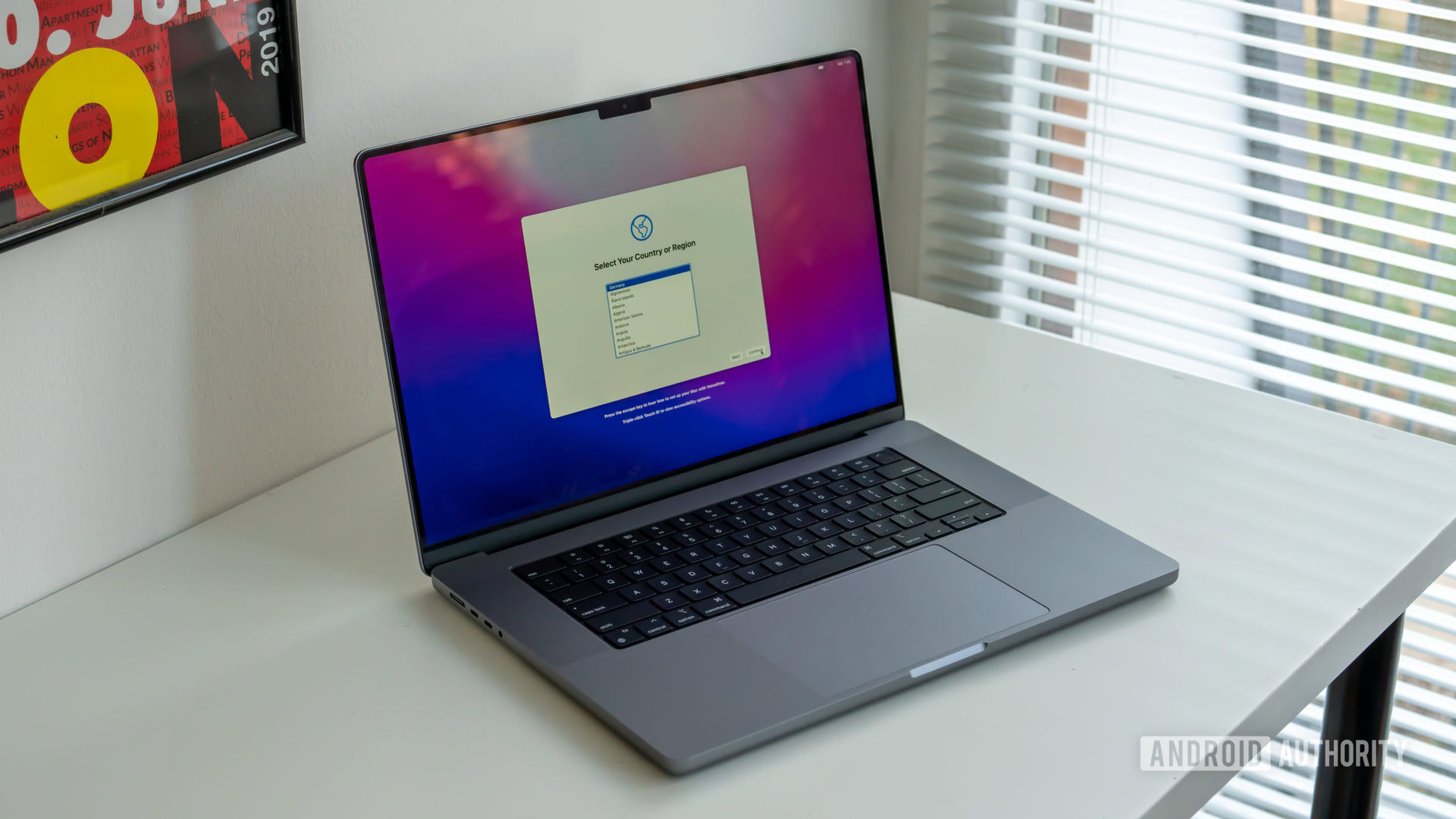
You can only run macOS on Apple’s own devices, meaning you cannot skimp on certain hardware features to save a buck. Even though we believe that Apple’s entry-level $999 MacBook Air offers top-notch build quality and battery life, it’s considerably more expensive than many Windows laptops. You can’t upgrade modern Macs either, which means you need to pay Apple’s higher-than-market rates for additional RAM and storage.
But what if you’re not looking for a bargain? It’s a closer race for sure, but Windows still wins because of the sheer choice it provides. Thanks to intense competition between OEMs, you can find some unique Windows devices out there. Some examples include dual-screen laptops like the ASUS Zephyrus Duo and tablet-style devices like the Microsoft Surface Pro.
When it comes to desktops, Windows also lets you mix and match hardware from different vendors depending on your priorities and budget. You can simply add in a new GPU for better gaming performance, for example. And in that vein, niche peripherals like VR headsets might only work on Windows. The Mac Mini and Mac Pro simply don’t offer the same flexibility, even though they’re incredibly powerful machines in their own right.
macOS vs Windows: User interface
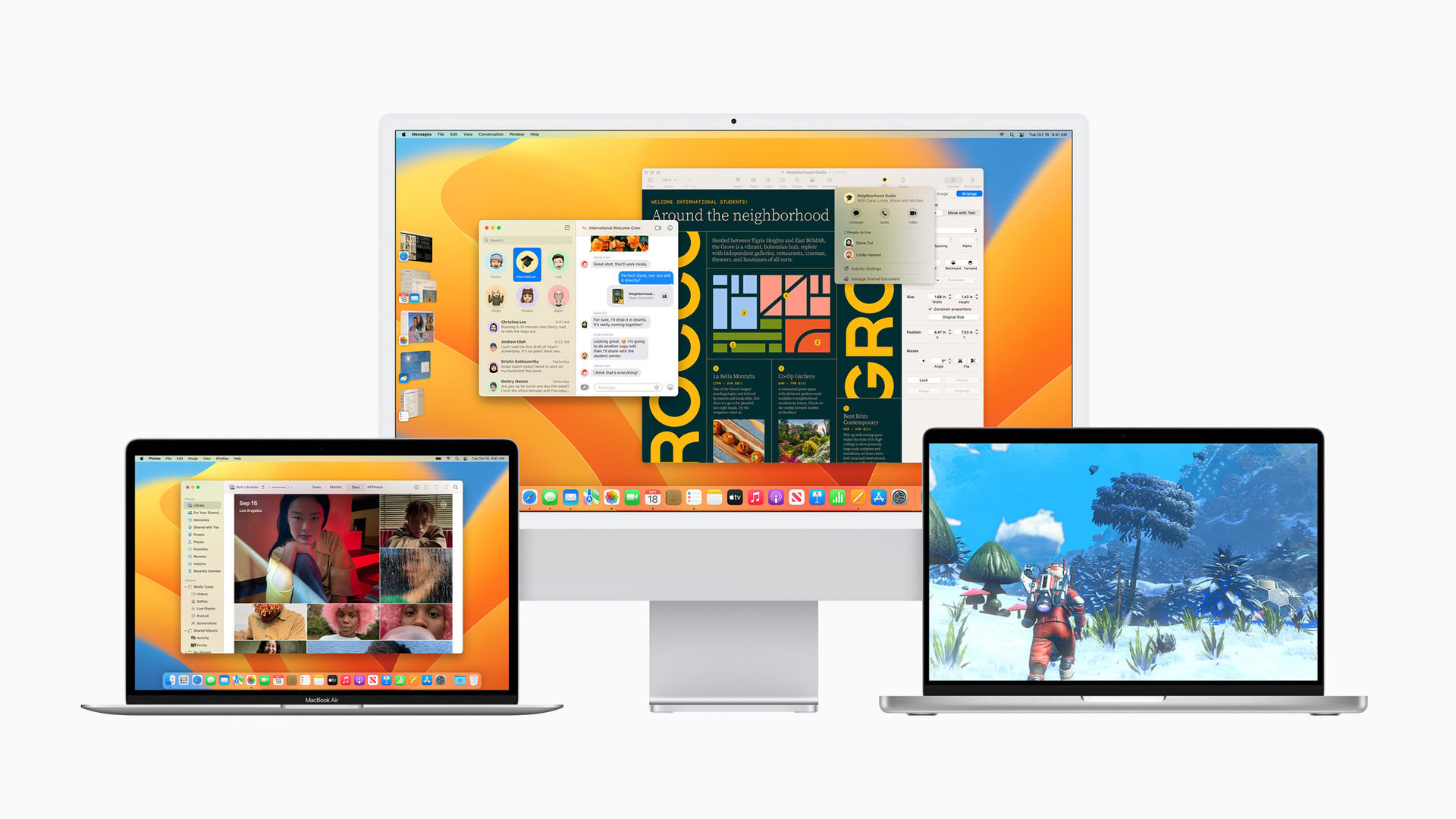
Windows has changed its appearance several times over the past few decades, with the most recent refresh landing alongside Windows 11. Microsoft was among the first to drop skeuomorphism for a flatter look back in the day and most other desktop operating systems, including macOS, have followed suit since then.
Windows 11 features translucent elements throughout the operating system and built-in apps, but it’s still nowhere near as pretty as macOS. You’ll also find each and every first-party Mac app follow Apple’s consistent design language, even down to using the same iconography as iOS.
With Windows, most of the design overhauls have taken place piecemeal over the years, so you’ll still find the odd app or settings menu that looks dated. The same is true for animations as well. Gesture navigation on macOS using the trackpad or Apple’s Magic Mouse still feels more fluid than performing the same action on Windows.
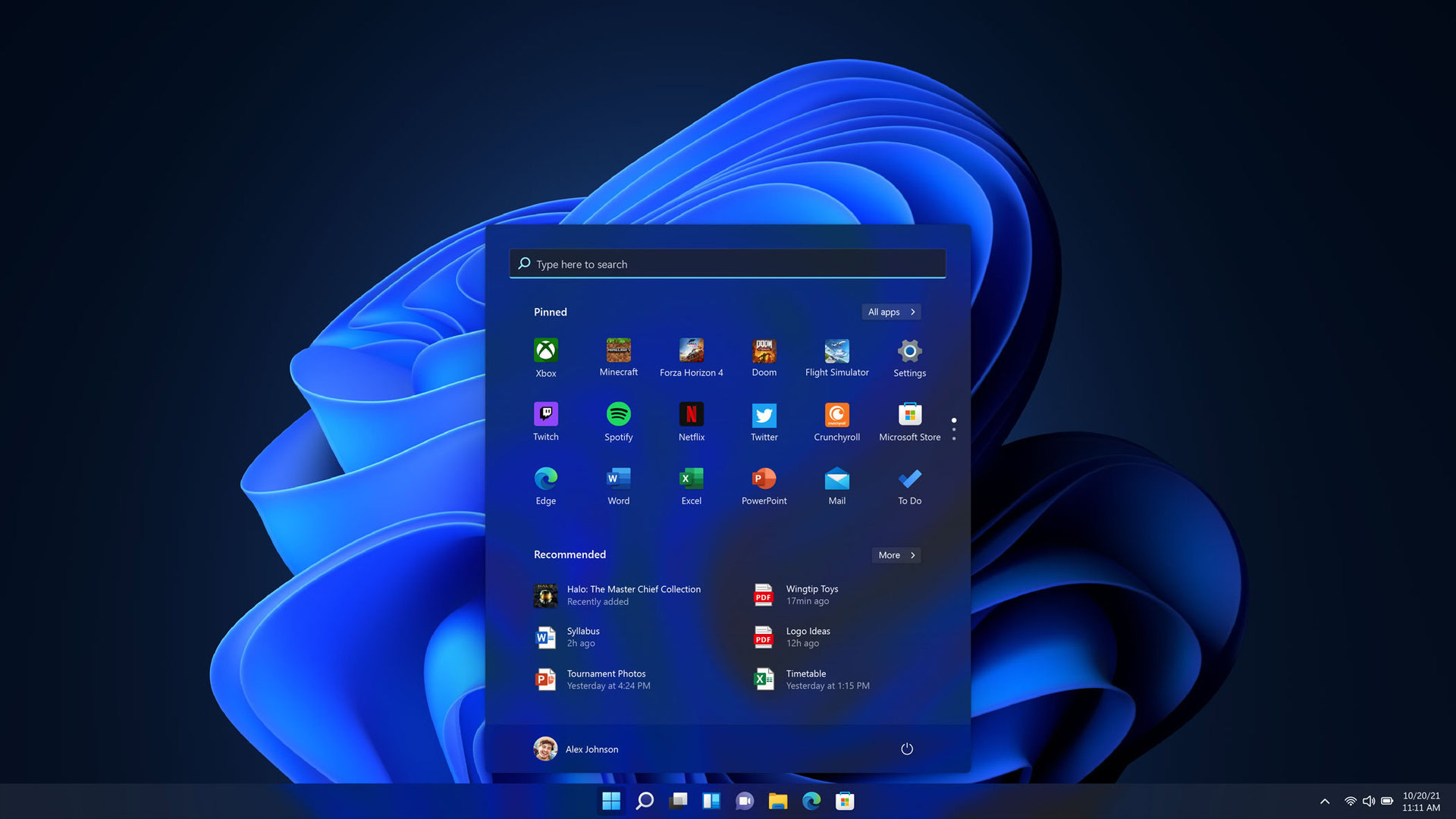
Subjective design preferences aside, the first user interface feature you’ll notice on macOS is probably the dock, which appears along the bottom edge of your display. It offers a convenient way to launch apps, switch between windows, and access the Downloads or Trash folders. Windows 11, meanwhile, features a taskbar in the same location with the iconic Start button to the left of your pinned apps. Like the dock on a Mac, you can launch apps from the taskbar, but you’ll have to venture into the Start menu to find more than a handful of installed apps.
Both operating systems let you pick between a Light and Dark mode as well as an accent color, but that’s about it. Don’t expect anything fancy like Google’s Material You from Android or Chrome OS and you won’t be disappointed.
macOS vs Windows: First-party apps and ecosystem
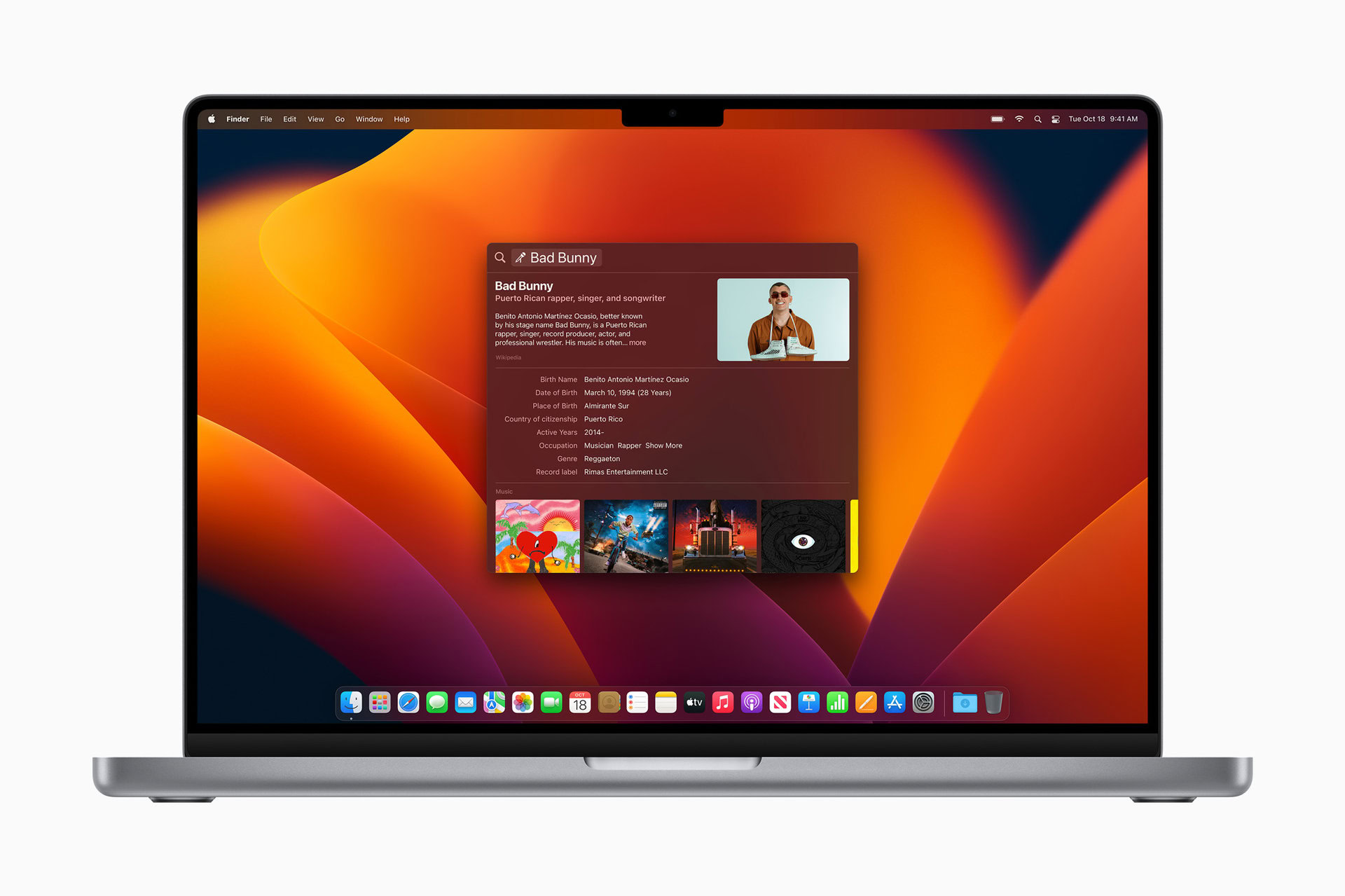
Both operating systems bundle essentials like file manager, email, calculator, and photo viewer apps, but only macOS includes a full document editing suite that consists of the Pages, Numbers, and Keynote apps. Windows by itself doesn’t ship with Microsoft Office, but some pre-built computers and laptops will bundle a license for free.
Built-in search is another area where macOS shines. While the Windows Start Menu lets you search your system for installed apps and files, it’s nowhere near as versatile or quick as Spotlight on macOS. The latter also supports rich web search results (pictured above), allowing you to get information about a search term without opening Safari or Google Chrome.
If you already own a handful of Apple products, you’ll have a much better time getting used to macOS vs starting fresh with Windows. When you open the Photos app on macOS, for instance, you’ll be automatically greeted with photos from your iPhone. Other examples of tight ecosystem integration include using an iPhone as a webcam (Continuity Camera) and an iPad as a secondary display (Sidecar).
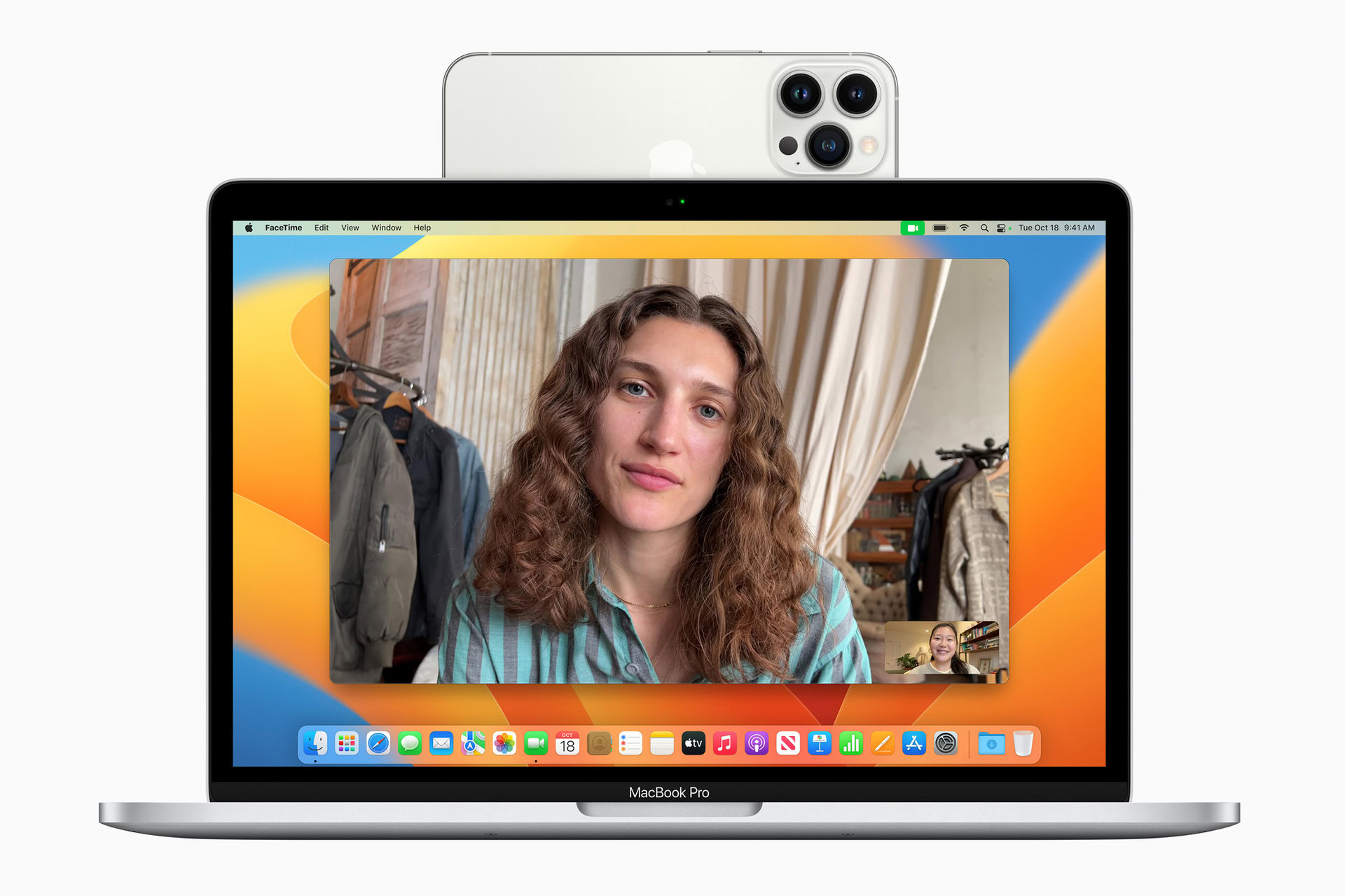
The Handoff feature also lets you continue where you left off on another device in apps like Safari and Apple Notes. With Universal Control, you can use a single keyboard and mouse to control an iPad or multiple Macs from a single computer. Finally, you can use AirPlay to stream media from your iPhone to a Mac.
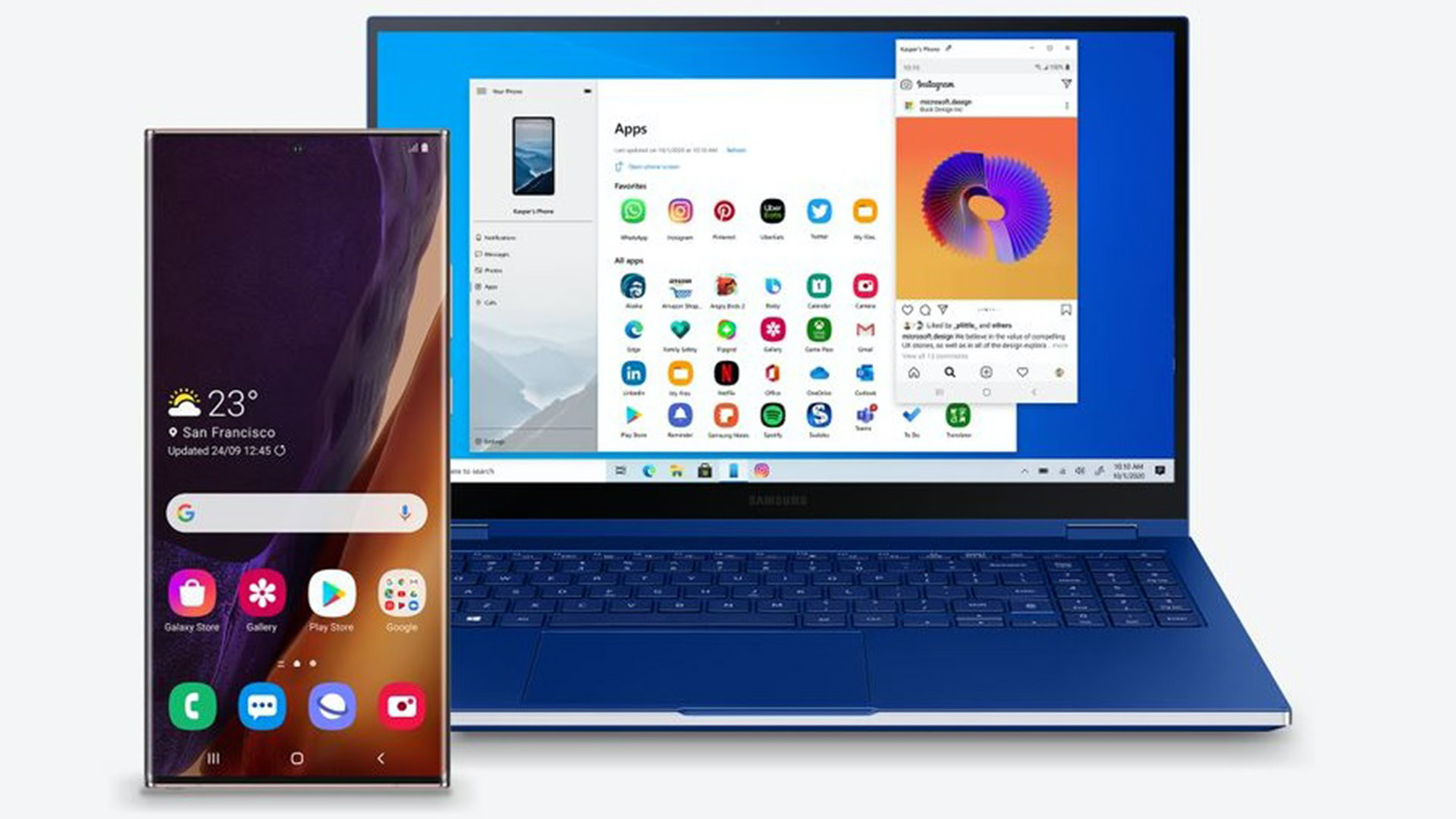
Microsoft doesn’t have an expansive hardware portfolio, so there are very few ecosystem features to speak of. That said, Microsoft’s Your Phone app (pictured above) lets you receive notifications, respond to text messages, and otherwise control an Android phone from your Windows PC. And using the Link to Windows feature on Samsung Galaxy phones, you can even make calls and mirror apps to your computer.
macOS vs Windows: Third-party apps
Both Windows and macOS feature large third-party app libraries. There’s plenty of overlap between the two, especially in terms of popular programs like Adobe Creative Cloud and Microsoft Office. But that doesn’t mean they’re equal either.
If you’re a creative professional, for example, you’ll find more choices and better support on macOS. And when it comes to mating these apps with the right hardware, Apple’s latest chips also have built-in media engines that can speed up video editing. Windows, on the other hand, shines when it comes to customization-related apps like Rainmeter and Wallpaper Engine. It’s also more likely to support less popular business-focused programs.
Popular apps like Photoshop typically support both major operating systems, but it's not always a given.
If simplicity matters to you, macOS has the upper hand as you can use the App Store to install almost everything. The Microsoft Store on Windows doesn’t have nearly as much variety so you’ll have to install less popular programs manually.
Both macOS and Windows also allow you to install smartphone apps on your computer. If you own an Apple silicon Mac (launched in 2020 or later), you can install a handful of iPhone and iPad apps. And if you’re on Windows 11, you can install Android apps after you enable the Windows Subsystem for Android (WSA).
See also: How to run iOS apps on Mac
macOS vs Windows: Gaming
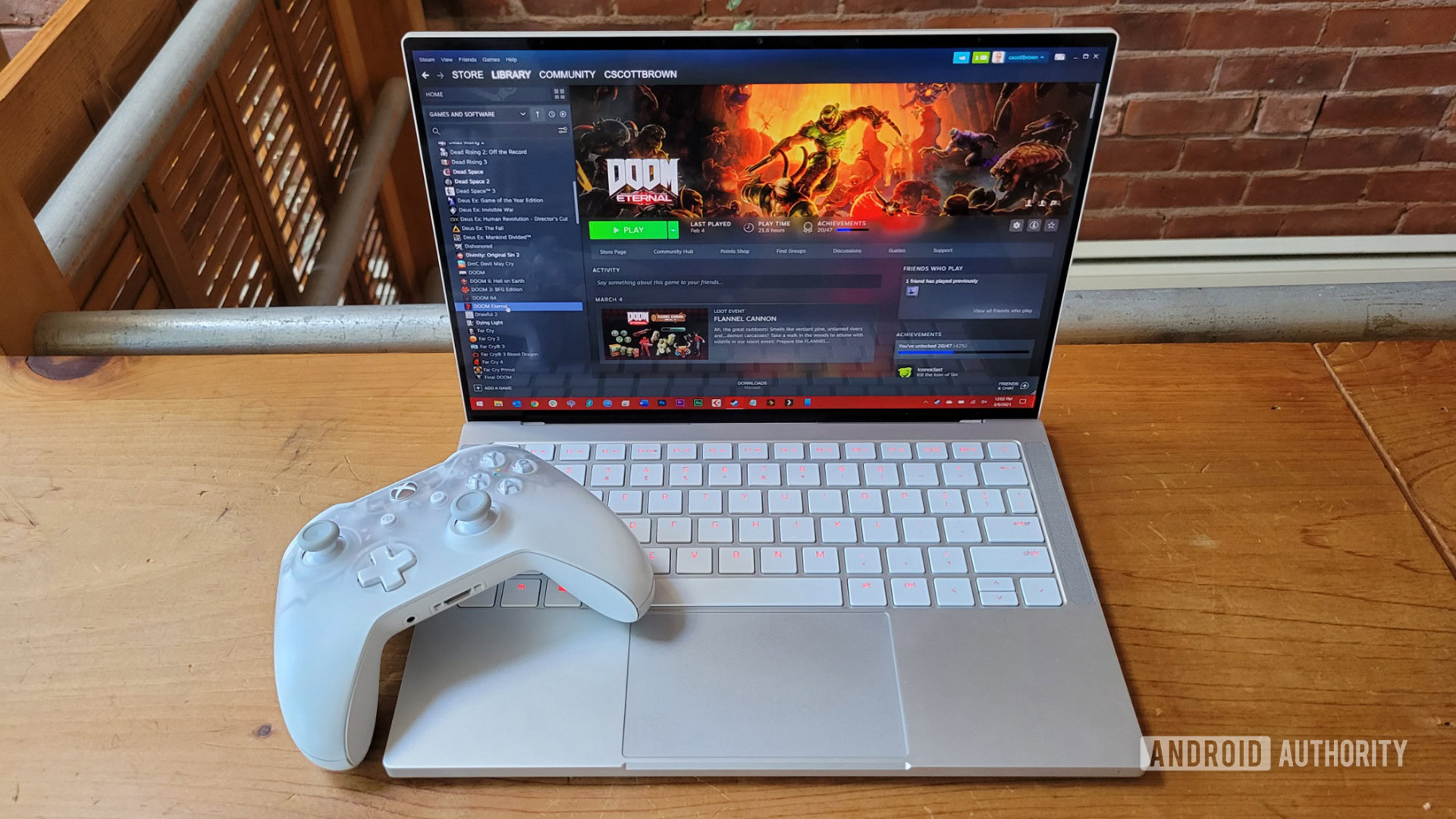
As we discussed earlier in this article, Windows handily trounces macOS for gaming. In particular, Windows has the advantage of wider compatibility as it’s designed to work with dedicated graphics hardware like AMD and NVIDIA GPUs as well as software APIs like Microsoft’s DirectX. Game studios target this specific combination of hardware and software, making it difficult to achieve the same level of performance on a Mac.
That said, you can still use a Mac to install and play casual games and older blockbuster titles via Steam or Apple’s own App Store. You can also subscribe to Apple Arcade, which grants access to a collection of games that are guaranteed to work on Macs.
You can play casual games on a Mac, but you'll need Windows for competitive or demanding titles.
If you’re really determined, you could run Windows on top of macOS using a virtual machine. This will solve the software compatibility problem, but don’t expect to get top-tier performance out of an entry-level Mac. And since Apple doesn’t design most of its computers with gaming in mind, you’ll likely notice overheating and loud fan noise.
For the same amount of money, a Windows gaming laptop will almost always deliver a much better experience. You’ll also find better support for peripheral hardware like VR headsets and high refresh rate monitors on Windows.
FAQs
On newer Macs, it is no longer possible to install Windows. However, you can run Windows on top of macOS using a virtual machine.
A Chromebook does not run Windows or macOS. Instead, it runs Google’s Chrome OS.
Yes, to an extent. You can use virtualization to run Windows apps on a Mac. However, keep in mind that more demanding games will run slowly. You may also run into heavy battery drain and overheating.
